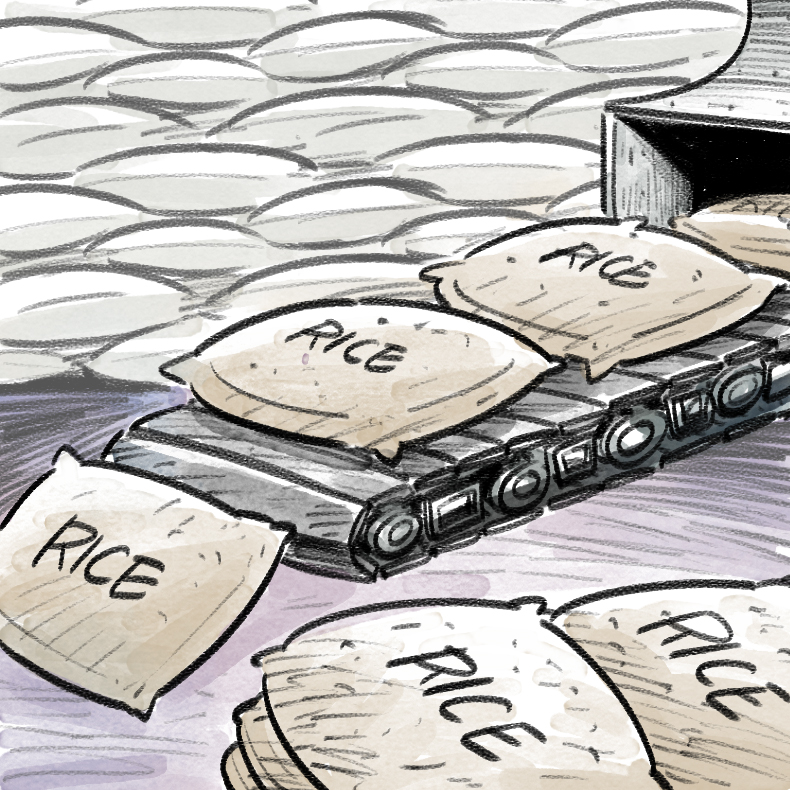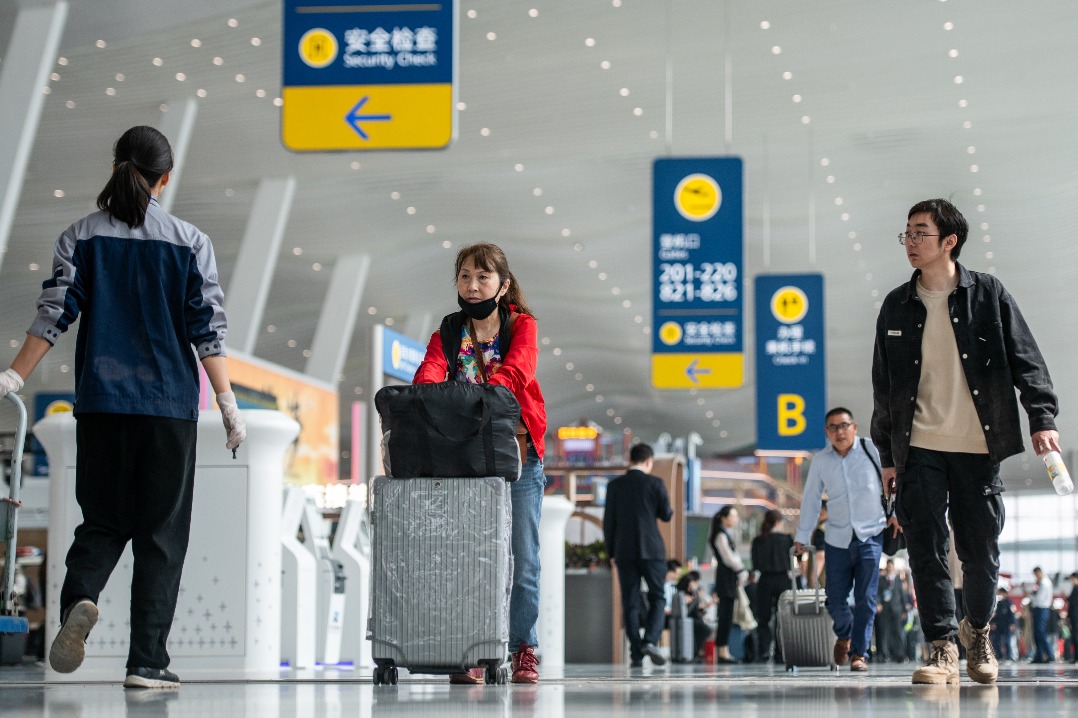Imperative to treat fall armyworm
By Wang Zhenying | chinadaily.com.cn | Updated: 2020-03-31 17:40

As there is a sign of growing panic over global food supply, there should be more precaution measures to prevent the hazards of fall armyworm despite China's food supply is secured.
Ministry of Agriculture and Rural Affairs has warned that formidable harm of fall armyworm (spodoptera frugiperda), an invasive insect native to tropical and subtropical zones of the Americas, could erupt in all regions and forceful measures should be adopted to prevent large scale outbreak.
Fall armyworm, a polyphagous pest, can live on more than 80 host plants such as maize, wheat, sorghum and sugarcane. Under ideal climatic conditions it can produce several generations in a single season.
It invaded Africa in 2016 and was reported in all Sub Saharan countries within two years. It has since invaded multiple countries in South Asia, Southeast Asia and East Asia including India, Thailand, and Myanmar. The Food and Agriculture Organization of the United Nations warned about the harm of the pest and listed it as a major pest in 2018.
Fall armyworm invaded China in January, 2019. More than 15 million mu (1 million hectares) of cropland were infected that year and 2.46 million mu actually harmed. Maize was the most seriously affected crop.
Fall armyworm don't enter diapause and an adult female could produce more than 1,000, even 3,000 eggs. Besides if uncontrolled at the early stage, elder larva, which would have developed a stronger resistance to pesticides, will be hard to contain. Furthermore that fall armyworm hides in the whorl leaves of corn crops makes its management more difficult. And egg, larva and adult armyworms all exist at the same time thanks to the serious overlapping of generations resulted from its strong reproductive capability.
Considering the fall armyworm just invaded China and the authorities' high vigilance and in-time prevention and control measures, China didn't suffer from a big blow last year.
But this year the challenge is more severe.
Chemical prevention and control measures should be promoted at the early stage of armyworm colonization. Highly effective chemical pesticides with low toxicity, combined with biopesticide, should be used to kill the young larva residing at the whorl leaves. Besides, the enemy insects of fall armyworm should be protected and fully used. An ecological environment in farmland against the occurrence and reproduction of the pest, which comprehensively coordinates and manages the crops, pests and surroundings, should be built.
Thanks to a complete plants protection system, China has paid high attention to the prevention and control of fall armyworm since last year. And the first policy statement released by central authorities this year has listed the prevention and management of major pests including fall armyworm a major measure to ensure China's crops production and food security. With forceful measures implemented, the fall armworm will be prevented from inflicting much loss.
Meanwhile considering that fall armyworm is a migratory pest international cooperation on this aspect is essential. As a matter of fact the FAO has organized several meetings and discussions to treat the pest. While China has collaborated with Southeast Asian countries to establish a monitoring, early warning and prevention and control system, which could help contain the fall armyworm worldwide.
The author is a researcher at the Institute of Plant Protection, Chinese Academy of Agricultural Sciences. The article is an excerpt of his interview with China Daily's Liu Jianna.
The views don't necessarily represent those of China Daily.























